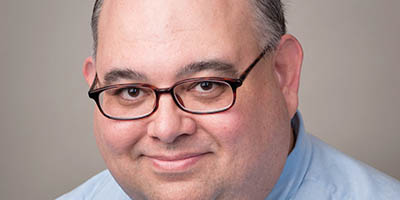by Michael Podrebarac
As we conclude our look at music and the Mass, many may be surprised that the church considers the music used during the entrance procession, the procession of gifts, and the Communion procession to be of the last “degree” of importance.
But this does not mean that this music is not important.
It does, however, challenge liturgical musicians to carefully consider the other important opportunities for music within the liturgy beyond that of the hymns and songs.
What sorts of music should we sing during these processions, when movement, text and melody combine to form sacred worship?
Essentially, the church gives us two options: an antiphon (short refrain) sung with verses from the psalms, or “another liturgical chant that is suited to the sacred action, the day, or the time of year” (General Instruction of the Roman Missal, No. 48).
The church actually has antiphons and psalm verses prescribed for every liturgy throughout the year. We sometimes call these the “propers” of the Mass, for they are the appointed texts which accompany the entrance of the ministers, the presentation of the gifts, and the communion procession. Many of these prescribed selections date back centuries and may be sung in Latin according to the chant books, or even in English, set to chant melodies or other musical forms.
But we are permitted to incorporate into the text of the Mass any liturgical chant, hymn or song which reinforces the meaning and purpose of the liturgical action, or the feast being celebrated, or the liturgical season.
Liturgical musicians thus have the serious responsibility of bringing into our worship experience only that which gives glory to God and brings the people of God to encounter the mysteries of salvation with reverence and dignity. There’s always an opportunity for parish musicians to examine their consciences in this regard!
Liturgical chant, hymnody, contemporary songs and canticles, choral works both ancient and new, texts which point us toward God and build up the community of faith, sung in Latin or the various vernacular languages of those who worship together, accompanied by instruments which bow their nature to the sacred rites and actions: This is a well-balanced diet of liturgical music!
After all, what would our liturgical experience of Christmas be without the carol “O Come, All Ye Faithful”? Would it not be even richer if we included the Latin chant “Hodie Christus natus est,” or the modern hymn “Song of the Stable,” or the verses of “Silent Night” in our native languages, even accompanied on guitar as it was first written for, or the beloved spiritual “Go Tell it on the Mountain,” or the . . .
How even richer still, if we sung them all!


